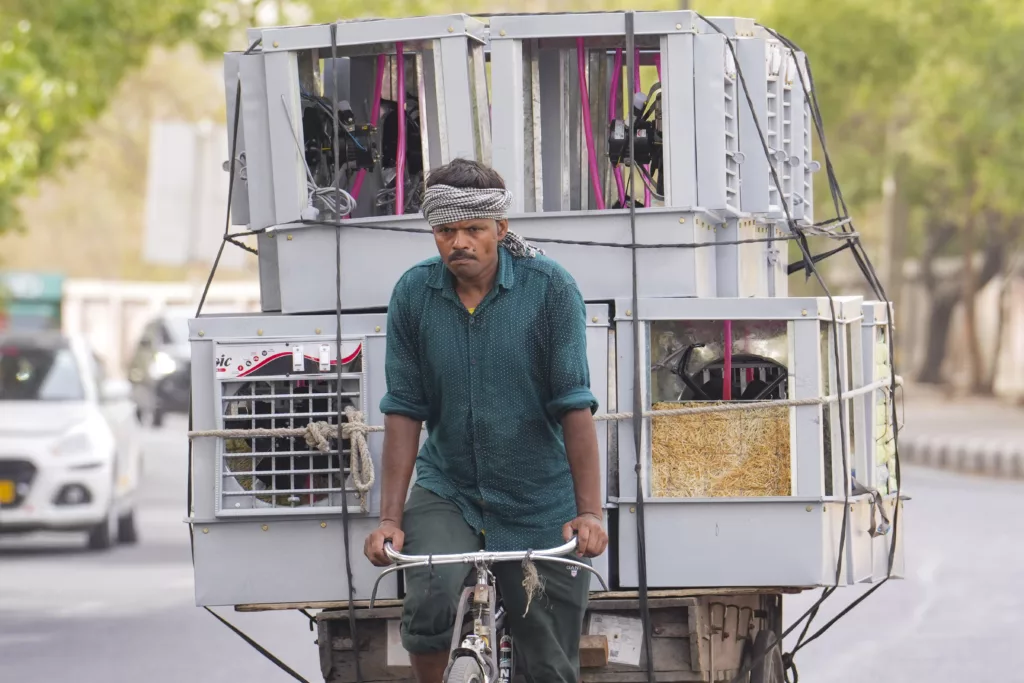Five people have died over the last two days and at least 12 are on life support at Delhi’s Ram Manohar Lohia Hospital as the national capital burns due to a searing heatwave. Other hospitals in Delhi are also seeing many admissions due to heatstrokes.
Dr Ajay Shukla, medical superintendent of the state-run hospital, told NDTV that 22 people had been admitted after they suffered a heatstroke. “Five patients died and 12 or 13 patients are on ventilator support,” he said.
The senior doctor warned that the mortality rate in heatstroke cases is quite high — about 60-70 per cent. “If the patient is brought late to the hospital, one organ after the other starts failing. There is a lack of awareness. A lot of these patients are migrant labourers. Also, the symptoms (of heatstroke) can be easily missed or mistaken for something else. It’s only when patients faint that their relatives feel that hospitalisation is needed.”
Dr Shukla said there is a need to spread awareness about heatstroke. “We need to educate people. Instead of rushing to the hospital, if you suspect that a person is suffering from heatstroke, you must start the cooling there and then. Use water, ice, while trying to get them to the hospital. We have also equipped ambulances so that they can start cooling immediately after they reach the patients.”
Delhi residents are reeling under an unrelenting heatwave for nearly a month now. Minimum temperatures in the city have crossed the 35 degrees mark — several degrees above normal — and maximum temperatures hover around the 45 degrees mark. Tap water is hot through the day, and even air-conditioners are struggling to bring relief.
The weather office has said in its forecast that heatwave conditions are likely to continue over most parts of north India for the next 24 hours and abate after that.
On what is leading to the abnormally warm nights, Rajneesh Sareen of the Delhi-based thinktank Centre for Science and Environment (CSE) has an explanation.
“The construction and concretisation in big cities like Delhi has significantly gone up. Concrete buildings absorb heat through the day and release it at night. This is why minimum temperatures are rising in big cities,” said Mr Sareen, programme director for Sustainable Habitat Programme at CSE.
Earlier, he said, daytime temperatures would be high, but people would get some relief at night. “But nowadays, ACs are exploding because of a heat island effect. Construction in Delhi is going up and the green area is reducing. The construction of high-rises is also affecting wind movement,” he said, adding that use of concrete has to be reduced.
